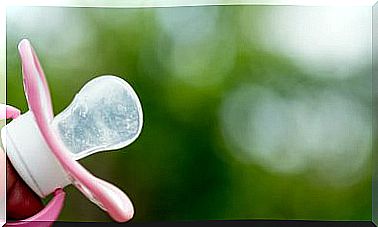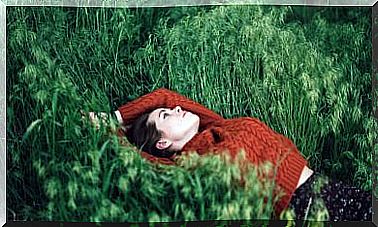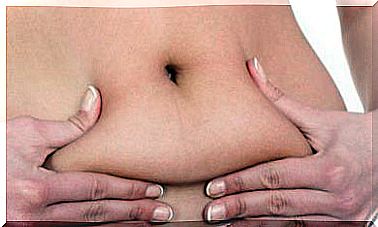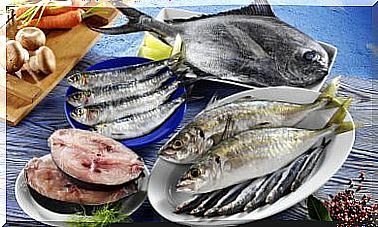Types Of Garden Soil And Their Characteristics
When you dare to grow your own, regardless of the plants you are going to plant, it is essential to know the area in which you will do it. Therefore, you should always know the types of garden soil and their characteristics.
In this way, you make sure that it is the right one according to the needs of your plants. It should be noted that, in general, soil contains pulverized rock particles, organic matter and water as its main components.
However, there are a number of more specific compounds that make classification possible. So, if you want more depth on the subject, added to a series of recommendations to improve growing conditions, read on.
What are the common types of soil for the garden?
Depending on the area you are in, the composition of the soil can vary. In this sense, to classify each type it is necessary to analyze the amount of organic matter, water or rock particles.
Clay floor
Clay is a component that stands out for retaining nutrients. Here the rock particles are quite small, so when holding a portion of this earth it is common to see that it is crushed and a compact ball is formed.
In this case, the soil is very fertile, but when irrigated it has poor drainage. This means that when you pour water on it, it stays on the surface. As a consequence, the plant is deprived of the necessary nutrients to be able to grow in optimal conditions.
One of the elements that can be incorporated to improve it is compost . This is an organic waste fertilizer.
In short, it is a land very prone to waterlogging and compaction. The technique here is to add organic matter to improve its structure.
The main advantages are the following:
- Moist and fertile soil.
- It can be suitable for most types of plants.
As for the disadvantages of clay soil:
- It is difficult to work with, heavy and even sticky.
- It is cold, so it takes time to warm up during spring.
- It is prone to compaction.
- It has poor drainage.
Sandy ground
This is one of the most common and stands out for the existence of rocks with sizes slightly larger than those of the clay soil. A good way to tell it apart is to take a handful and watch the dirt particles slip through your fingers.
Some aspects to highlight about sandy soil is that they are permeable and dry quickly. This makes it necessary to water it frequently.
But when performing this action the nutrients tend to disperse. To avoid this, it is advisable to add more organic matter and apply water very regularly.
Although it is not as common in crops, it is possible to grow plants that are resistant to drought. For example, lawns, succulents, and trees.
The advantages of this type are as follows:
- They have good drainage.
- They are easy to work with almost all times of the year.
- They tend to warm up quickly in spring, which encourages plant growth.
Regarding its disadvantages:
- They are prone to drought.
- Poor of nutrients, so more organic matter has to be incorporated.
- They are often acidic in pH.
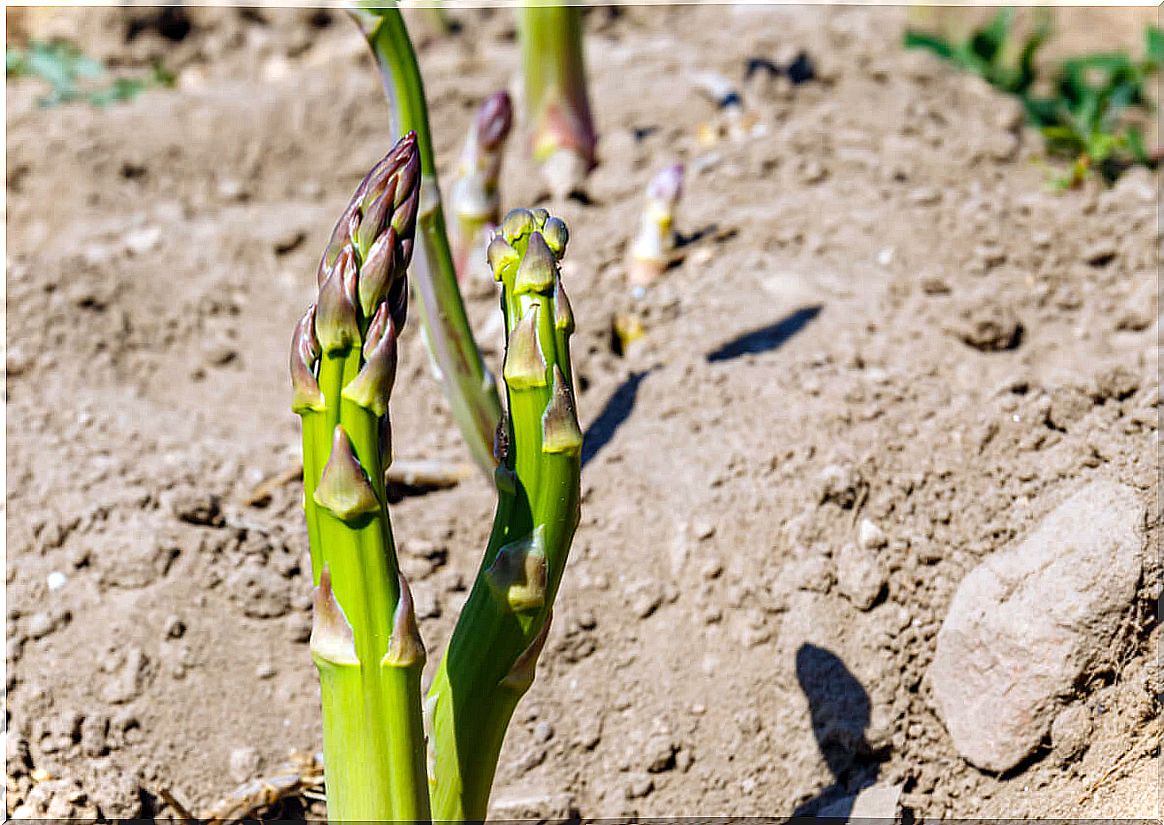
Stony ground
They are located within the classification of types of garden soils. It stands out for presenting stones of different kinds and sizes. Their interference means that they do not have the ability to retain water, so they are not recommended for agriculture.
Another name that identifies this type is rocky soil . The formations originate through the doubling of the earth’s surface due to mechanically induced factors or natural events.
It is abundant in many parts of the world, but it is difficult to work with when you want to run plantations. Some of the crops grown in this type of soil are yarrow, marigold, and fine lavender.
The advantages are as follows:
- Ideal for decorative purposes.
- They are very abundant in different parts of the world.
- They have good water drainage.
On the other hand, when referring to its main disadvantages, the following should be highlighted:
- Complicated to grow.
- It makes excavation work impossible.
- Requires leveling work.
Limestone soil
Another type of garden soil that is quite difficult to work with is limestone. The factor that negatively affects the cultivation work here is that organic matter tends to decompose at an accelerated rate.
This means that it is essential to add a large amount of organic material frequently. You must be very generous when nourishing and fertilizing this type of soil.
In addition to this, it is common for the plants that grow in this substrate to have yellowish-looking leaves. If you want to help the improvement you must add a good mulch and water it well. Besides, we must not forget the incorporation of organic matter together with a broad spectrum fertilizer.
Plants that do well in this type are carnations, clematis, wildflowers and others that are resistant to drought.
Referring to its main advantages, it can be said that, if the surface layer is more or less deep and contains organic matter, it becomes fertile soil with the necessary help.
The most obvious disadvantages of limestone soil are the following:
- It is characterized by being alkaline, which makes it unsuitable for acidophilic plants.
- If it is shallow, it is very draining.
- Rapid loss of nutrients.
Loam soil
When looking for efficient types of garden soil, undoubtedly loam must be considered. Some also know it as loamy soil . It stands out for containing nutrient reserves and abundant water availability.
The moment you examine the earth and discover that it has a dark brown color and is crumbly, it means that it has the presence of organic matter. As a consequence, the problems to cultivate are almost nil.
One detail that can be distinguished is that you find worms in the surface layer. Added to this, they produce excavations that increase the structure of the soil.
The most outstanding advantages are the following:
- Allows you to grow most types of plants without problems.
- They retain a large amount of water and nutrients.
- Plants that grow in this environment require little or no extra input.
The resounding disadvantage is that it is not ideal for the growth of wildflowers, since they require poor soil.
How can the conditions of garden soil types be improved?
The types of garden soil play a fundamental role on the planet because, through them, food and plants are born. For this reason, over the years people have made and are making constant efforts to improve their quality.
In this sense, the fields of a crop must comply with certain aspects:
- Have the necessary nutrients for plants to grow without problems.
- Offer support so that they stand firm.
- Have good drainage and thus reduce excess fluid.
- Ensure sufficient air and water for the roots.
Then, the cultivation capacity is conditioned by the quality of the soil in which it is sown. Hence the importance of each farmer regenerating or improving its conditions. In order for you to do it efficiently, take into account some of the following points.
Add compost to the soil
Compost is an organic compost that is responsible for releasing nutrients to the soil slowly. Through this constant liberation, the earth stays nourished and improves with the passing of the days.
One of the main benefits is that it allows to use a wide variety of recycled organic waste for its preparation. That translates into a reduction in expenses.
Ideally, they should not be waste of animal origin, since they can cause infections and parasites. Make use of other elements, such as pieces of wood, dry leaves, branches and plant residues.
Using cover plants
A good method to make your soil of higher quality is to incorporate cover plants. These are responsible for providing food and shade. That makes them cover, protect and feed the area for future harvests.
The first step is to identify the land that is deteriorated and plant these plants so that fertility increases. Their roots open channels through which water and oxygen can penetrate to the surface.
One recommendation is to plant plants from different families to enhance the effectiveness of the process. In addition, you can divide your space in two, so that you allocate one area for production and another to work with the increase in fertility.
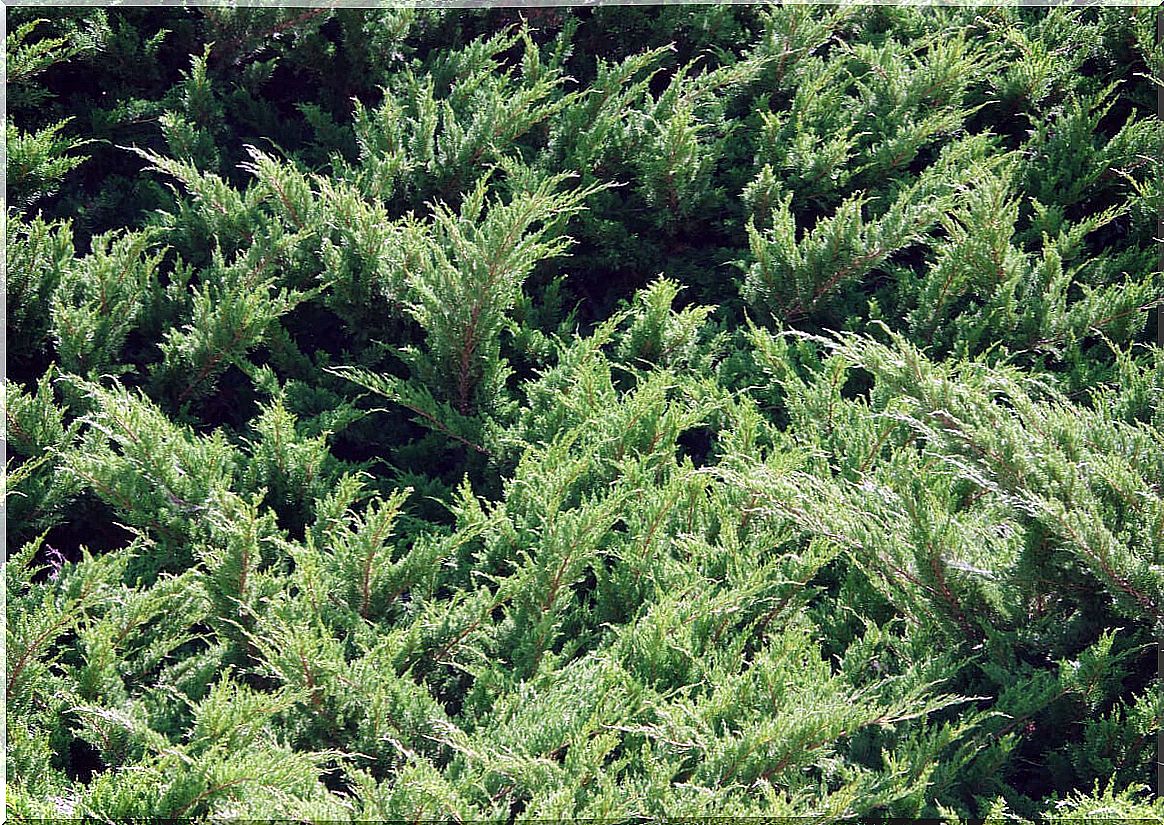
Add deep rooted plants
If you do not want to invest in fertilizers or do not have the budget for it, it is always a good idea to plant plants with deep roots. Through them it is easier for nutrients to enter the subsoil and be transported to the outside.
Procedures for checking your garden soil type
Once you know the characteristics, advantages and disadvantages of the types of garden soil, it is time to learn to check which one you have.
One of the most common methods is to dig inspection pits at different times of the year and in different areas. With these holes dug you will obtain data on the texture of the soil, the depth of the surface layer, the type of subsoil and the water content.
You can also carry out the touch test. As its name suggests, it consists of taking a piece of land with your hands and moving your fingers until you appreciate details.
A more advanced option is the sedimentation test. To achieve this you will have to introduce a soil sample in a glass container that is taller than it is wide. You should only fill the container halfway. Then you fill with water to the brim. You close it and shake it with energy.
Leave it on a flat surface and wait a few hours. As this time elapses, three layers of various colors are distinguished. The lowest is sand. The middle one is silt and the top one is clay. The most superficial is of organic matter and water.


